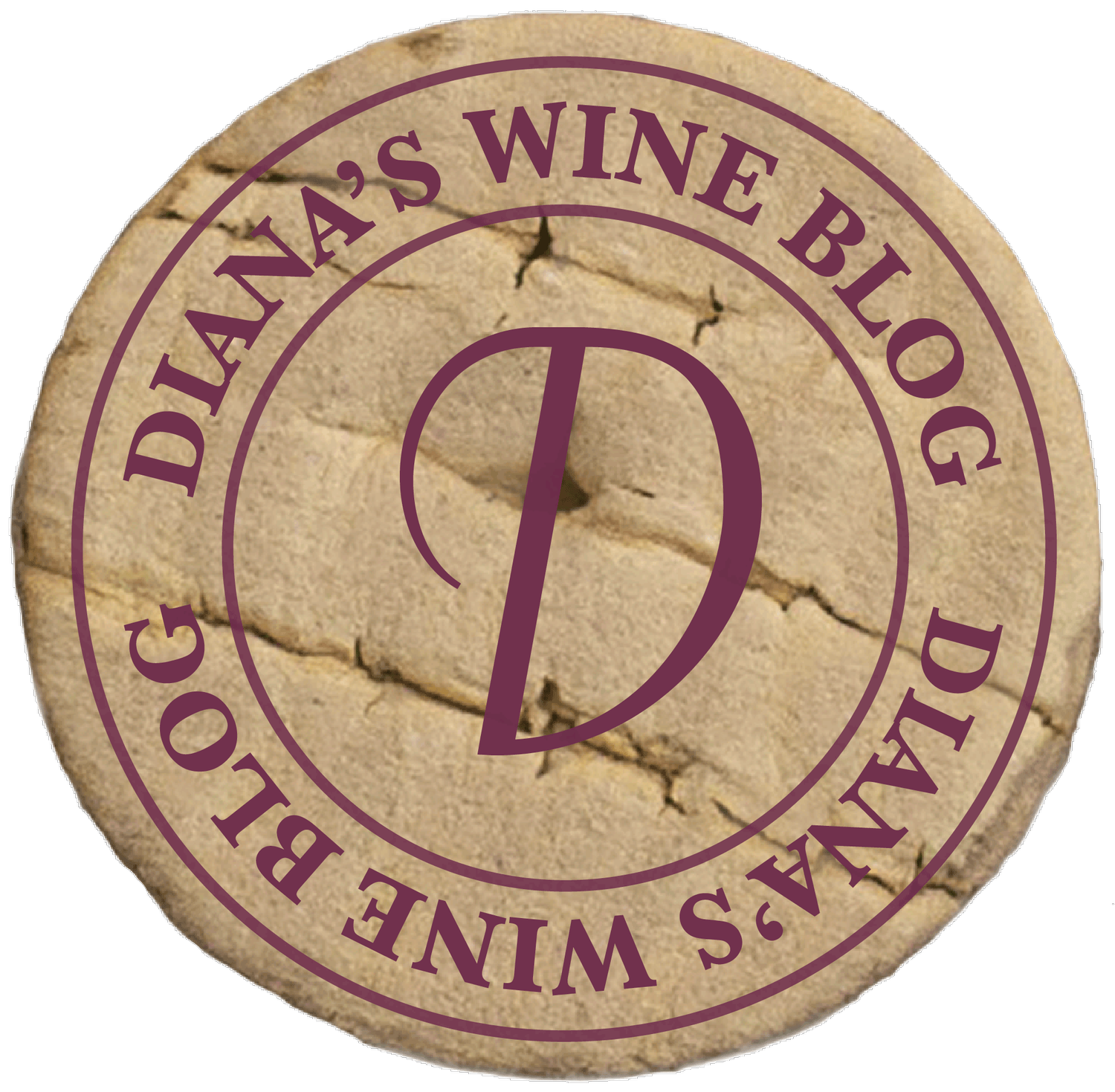Add Some Sparkle to Your Holidays!
The holiday season is the perfect time to share a glass (or two) of Champagne with family and friends. It is a tradition to ring in the New Year with and serves as a festive apéritif at dinner.
True Champagne comes from only one region, which is 90 miles north of Paris. Yes, it is the Champagne region. The complex process by which Champagne is made involves a secondary fermentation during which carbon dioxide is trapped inside each bottle. The trapped CO2 will eventually become Champagne bubbles.
There are three grape varietals from which true Champagne is made. The white is sourced from Chardonnay grapes, which are used virtually for their finesse. Bottles labeled ‘Blanc de Blanc’ are made solely from Chardonnay. Red varietals include Pinot Meunier, which is a common ingredient added to non-vintage Champagne and usually contributes fruitiness and body. Another red varietal is Pinot Noir. It is used in most Champagne (except not Blanc de Blanc) and contributes body, texture, and aroma.
How Sweet It Is!
Do you ever wonder what those descriptors on the label mean? Here is a listing of the levels of sweetness (residual sugar) represented by the characterizations:
Extra Brut: Very, very dry, 0 to 0.6% sugar
Brut: Very dry, less than 1.5% sugar
Extra Dry: Off dry, 1.2 to 2% sugar
Sec: Lightly sweet, 1.7 to 3.5% sugar
Demi-Sec: Sweet, 3.3 to 5% sugar
Doux: Quite sweet, more than 5% sugar
Here’s a quality tip for Champagne – the smaller the bubbles, the finer the cuvée (meaning the blend). Bubble size is affected by both the length of time the wine ages (smaller bubbles equal longer time aged) and the temperature of the aging cellar (a cooler temperature will give you smaller bubbles).
Don’t shy away if you see “NV” on the label, it simply means non-vintage. Traditionally, Champagne is a blending of vintages. This is the norm in region. Usually, there will be wine from four to six different years in a bottle.
Champagne can be pricey at times. Some of the greats like Dom Perignon may cost upwards of $100. (Let me add though, I still remember the first time I tasted this wine – lovely!)
There are other sparkling wines that can readily fit the bill for the occasion. California makes some great choices such as NV Roederer Estate Brut. This is consistently one of the best buys in California sparkling wine and widely available at wine retailers and liquor stores (from $18-$20). Another option is Prosecco from Italy. This grape is made into a sparkling wine that is the fastest growing in the sparkling segment. One of my favorites is La Marca, which is readily available from $13 to $18.
It is time to celebrate — and Enjoy!
